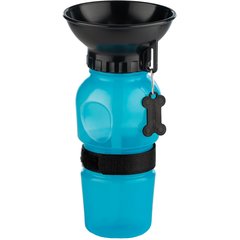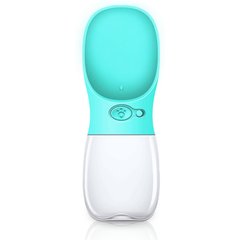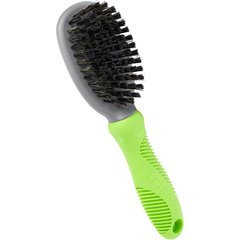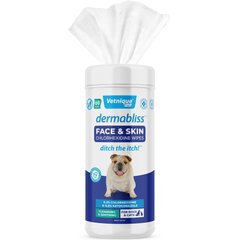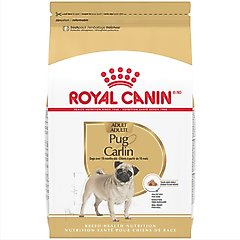Pug vs. French Bulldog: Which Breed Is Right for You?
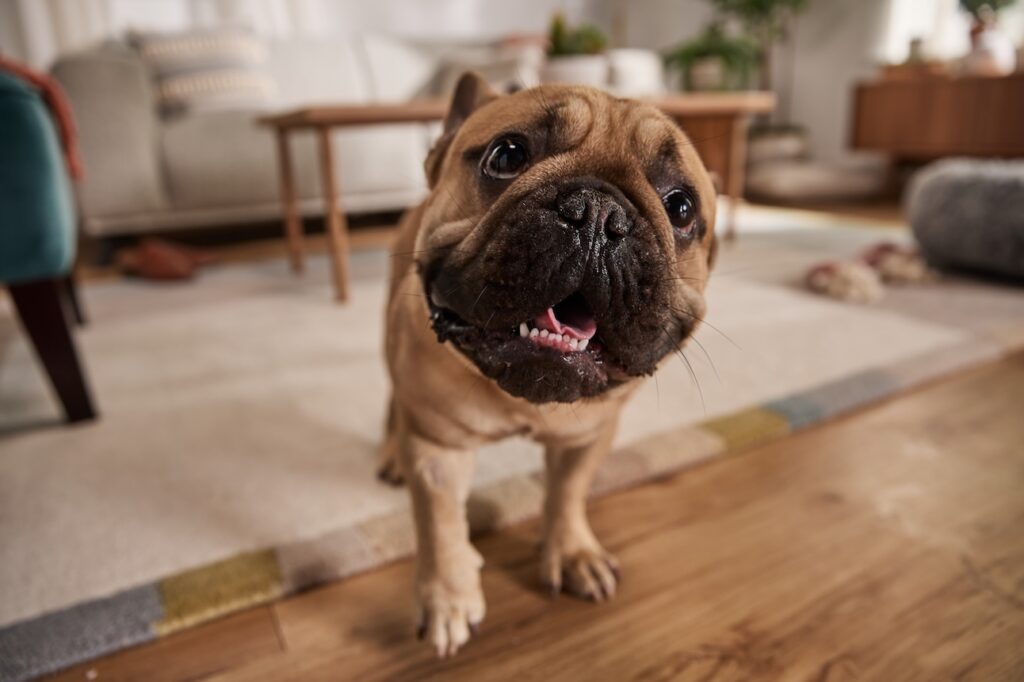
Photo by Photo by Chewy
If you’re considering a small, flat-faced dog with a big personality, the Pug and French Bulldog are likely on your radar.
These adorable breeds share some similarities—like their compact size and lovable nature—but have enough differences to make choosing between them a fun challenge. Here are some of the biggest differences between a Pug versus a French Bulldog.
Key Takeaways
- Pugs originated in China, while French Bulldogs have roots in England and France.
- French Bulldogs are heavier and more muscular; Pugs are smaller with more noticeable facial wrinkles.
- Both breeds are affectionate and good for apartment living, but they differ in energy and independence.
- Grooming needs are similar, but Pugs shed more and require extra attention to their face wrinkles.
History
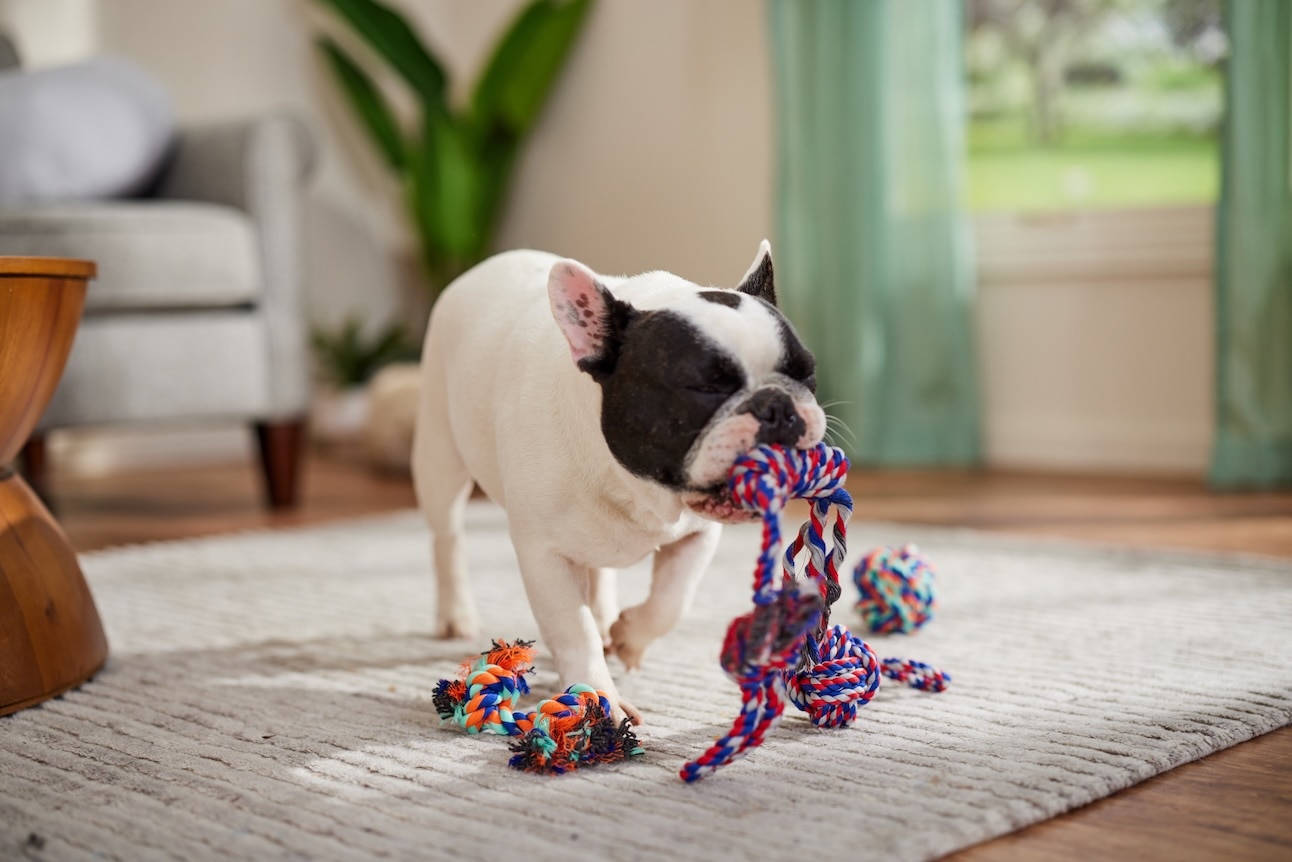
Photo by Chewy
The Pug and French Bulldog both have rich and fascinating histories that began centuries ago—though they originated in different parts of the world.
Pugs were bred in ancient China more than 2,000 years ago, where they were cherished by Chinese emperors and lived lives of luxury. Eventually, Pugs made their way to Europe, where they became popular among royalty. (Queen Victoria had as many as 38 Pugs.)
French Bulldogs, or “Frenchies,” originated in England, where they were bred to be a smaller version of the Bulldog. These compact pups later moved to France with their pet parents, where they gained popularity among the working class and, eventually, the elite.
Both breeds made their way to the U.S. in the late 19th century, and today they are two of the nation’s most popular dog breeds.
Appearance
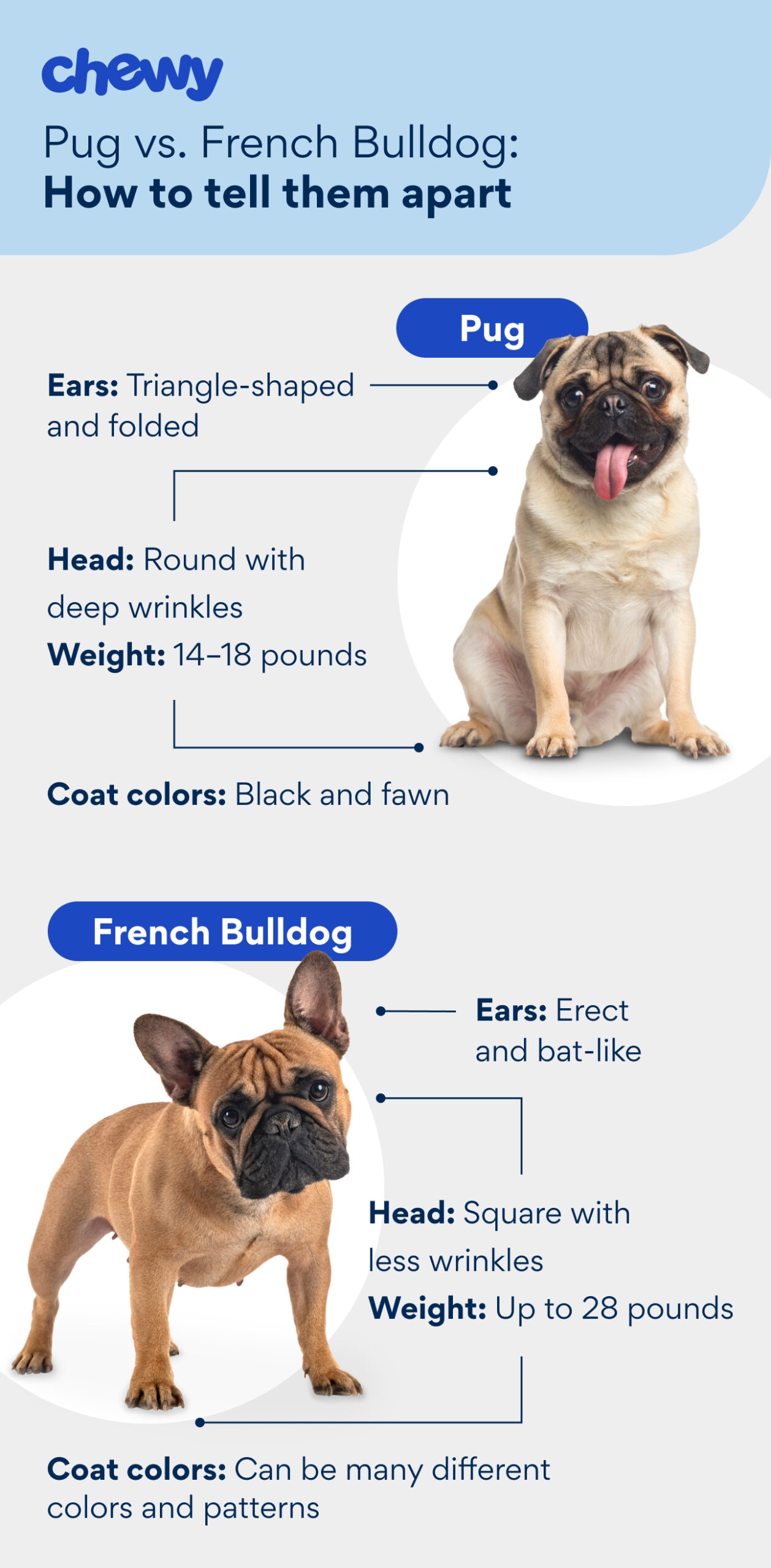
Photo by Chewy
Though both breeds are small, muscular, and brachycephalic (short-snouted), their physical features make them easy to tell apart. Here’s how they compare.
Size and Build
- Pugs typically weigh 14–18 pounds. Compared to Frenchies, Pugs are slightly smaller and more compact overall.
- French Bulldogs typically weigh 20–28 pounds. They are stockier and more muscular than Pugs.
Head and Face
- Pugs have a round head with deep wrinkles and large, bulging eyes.
- French Bulldogs have a more square-shaped head. Their eyes are set slightly wider apart and don’t bulge as much, and their face isn’t as wrinkly as a Pug’s.
Ears
- Pugs have triangular ears that fold over.
- French Bulldogs are known for their distinctive bat-like ears that stand erect.
Tail
- A Pug’s tail is curled tightly over their back.
- French Bulldogs have a short tail that can be straight or slightly twisted, but it never curls.
Coat
- Pugs have a short, smooth coat that sheds year-round.
- French Bulldogs also have a short, fine coat, but they tend to shed less than Pugs.
Personality
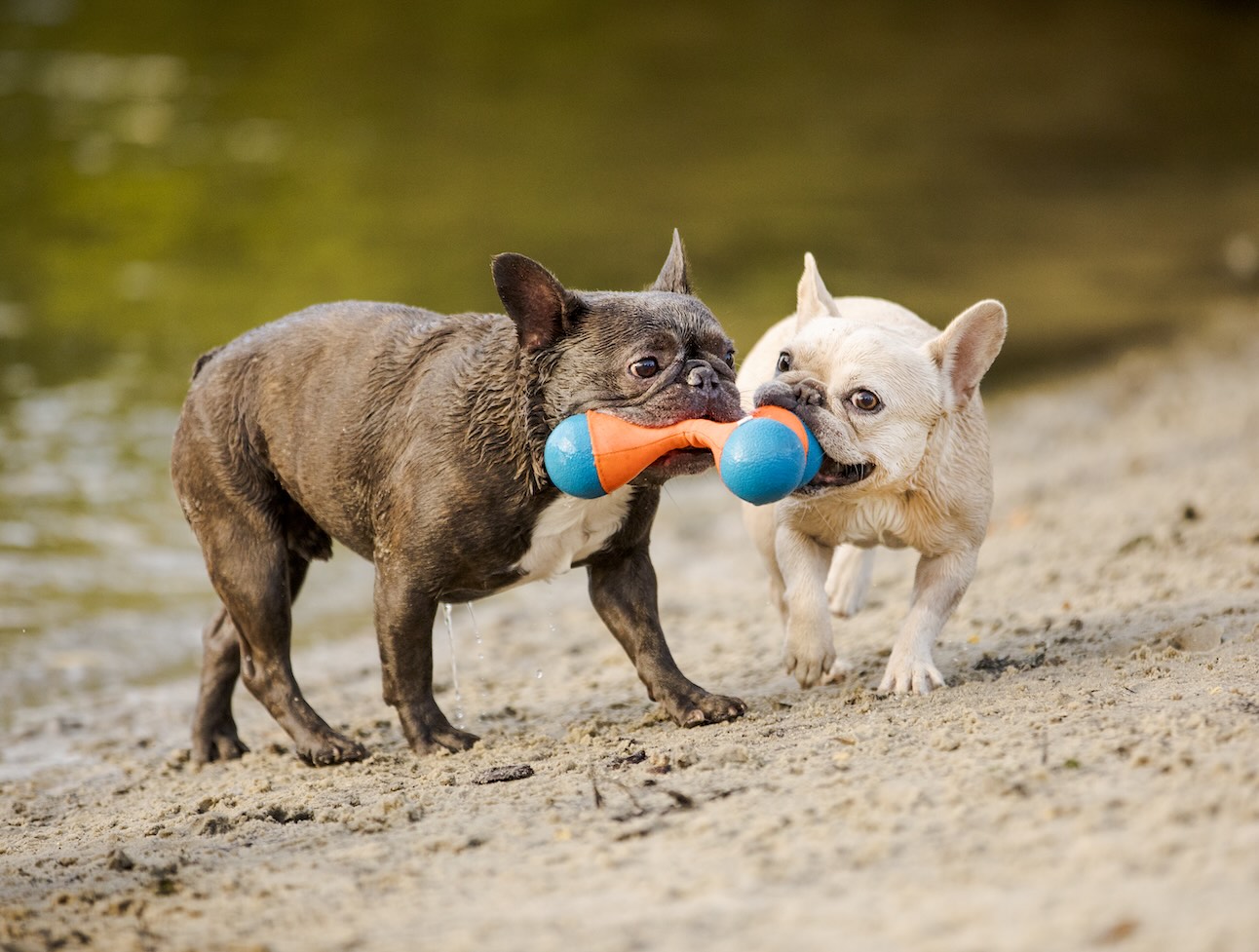
Photo by Chewy
When it comes to temperament, both breeds are loving and enjoy being the center of attention—but they express it in different ways.
Pugs are playful and charming, and they have a clownish side. They thrive on companionship and enjoy making their humans laugh. They’re friendly dogs who are generally social with both people and other animals.
French Bulldogs are equally affectionate and outgoing, but they may be a bit more laid-back. While still playful, Frenchies might prefer cuddling on the couch over chasing toys.
Both breeds are well-suited for apartment living and love spending time with their humans. Both Frenchies and Pugs can also experience separation anxiety when left alone for too long, but their compact size and friendly nature means these small dogs make great errand buddies.
Exercise Needs
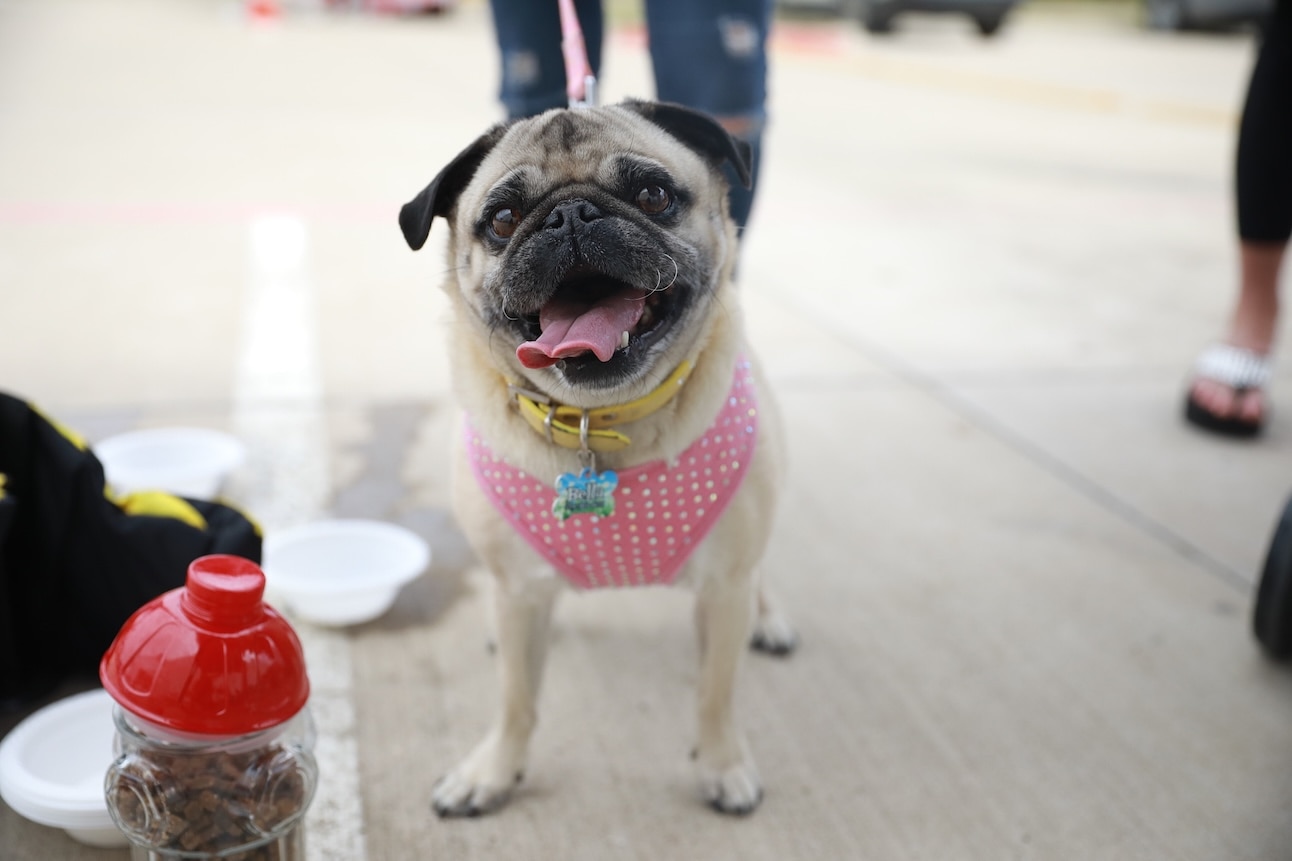
Photo by Chewy
Neither breed has high exercise requirements, but they still need daily exercise to stay healthy and mentally stimulated. Short walks around the neighborhood and a few indoor or backyard play sessions are enough to keep them happy. Afterward, you’ll likely find them snoring on the couch.
When exercising a Pug or French Bulldog, pet parents must be hypervigilant for signs of overheating. The breeds’ flat faces may be cute, but they also make it hard for these pups to breathe easily and cool themselves down, especially in hot weather.
Here are some safety tips:
- During extreme heat, keep walks and outdoor play to cooler parts of the day.
- Never keep your dog outside when it’s hot out; they should always have access to an indoor space.
- Attach their leash to a harness instead of to their collar to avoid worsening breathing problems.
Recommended Product
- Make sure your dog has access to water 24/7. You can pack a portable water bowl for when you’re on the go.
Recommended Products
- Be alert for excessive panting, excessive drooling, bright red gums, pale gums, vomiting, diarrhea, or collapse. These are all signs of heatstroke in dogs, which is a life-threatening emergency. Go to the vet immediately if these signs are present.
Grooming
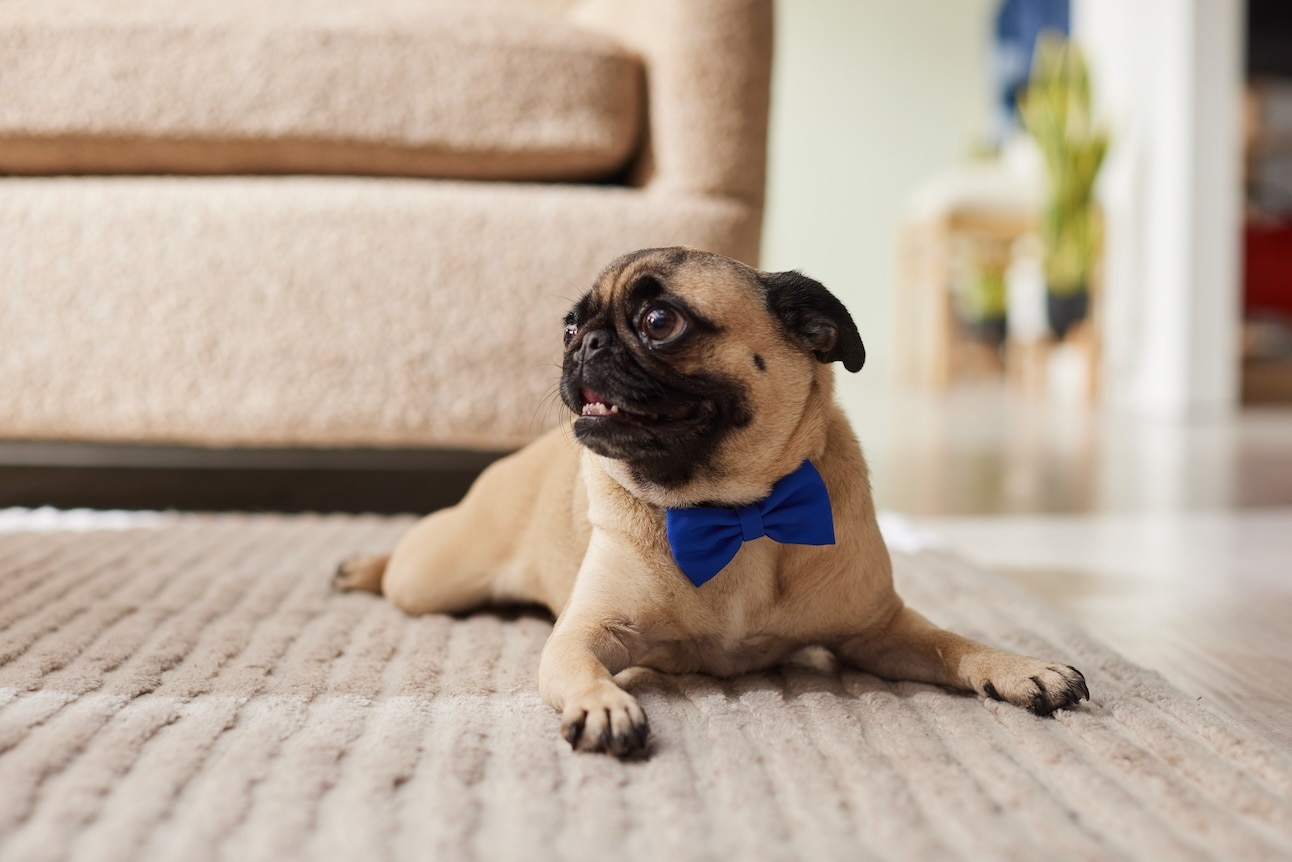
Photo by Chewy
Coat care is relatively easy for both dogs, but regular attention to their wrinkles and teeth is important.
Pugs shed regularly and benefit from weekly brushing with a FURminator brush to manage loose hair. Frenchies don’t shed as much, but a quick weekly once-over with a grooming glove or bristle brush can help keep their coat healthy.
Recommended Products
Their skin folds should also be cleaned regularly to prevent skin infections, especially in humid environments and after eating. Use a vet-approved face wipe, like Vetnique Labs Medicated Wipes.
Recommended Product
Both breeds need regular nail trimming, ear cleaning, and dental care, too.
Health
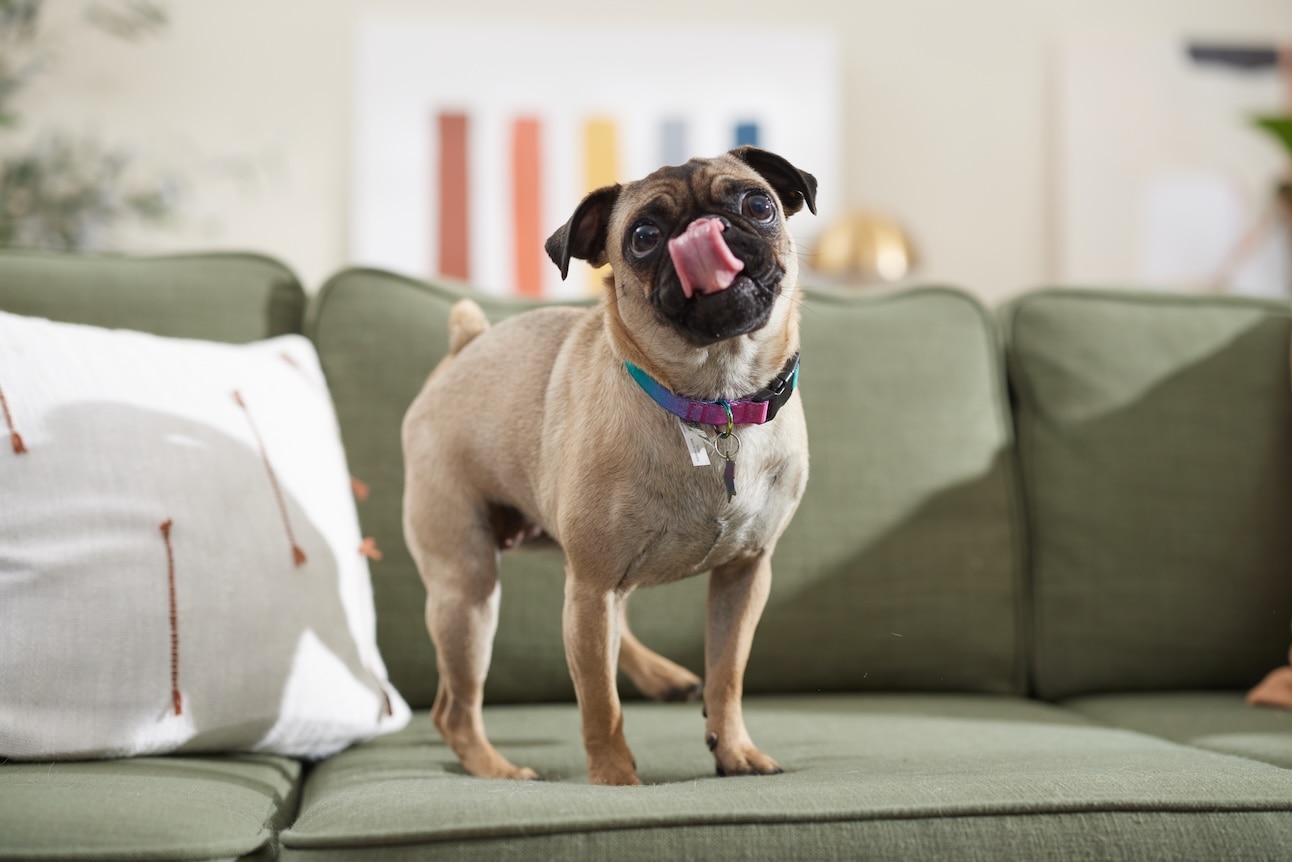
Photo by Chewy
Yes, their flat faces are adorable. But it also means that Pugs and Frenchies experience brachycephalic obstructive airway syndrome, or BOAS. Because of this, both breeds are prone to breathing issues and should be closely monitored during exercise or hot weather. BOAS also makes these pups snort and snore, so take note if you’re a light sleeper.
Along with their respiratory troubles, Pugs and French Bulldogs can experience a few other health problems:
- Common health problems Pugs develop include eye injuries (because their eyes are so big), hip dysplasia, patellar luxation, and obesity.
- French Bulldog health issues include allergies, spine problems (like intervertebral disc disease), and eye problems like cataracts and entropion.
Choosing a reputable breeder who screens for genetic conditions is super important for French Bulldogs and Pugs. Keeping up with regular vet checkups, feeding a balanced diet (breed-specific diets can be a good choice for Pugs and Frenchies), and maintaining a healthy weight are proactive steps pet parents can take to support their dog’s health.
Recommended Products
Pug vs. French Bulldog: Which Is the Breed for You?
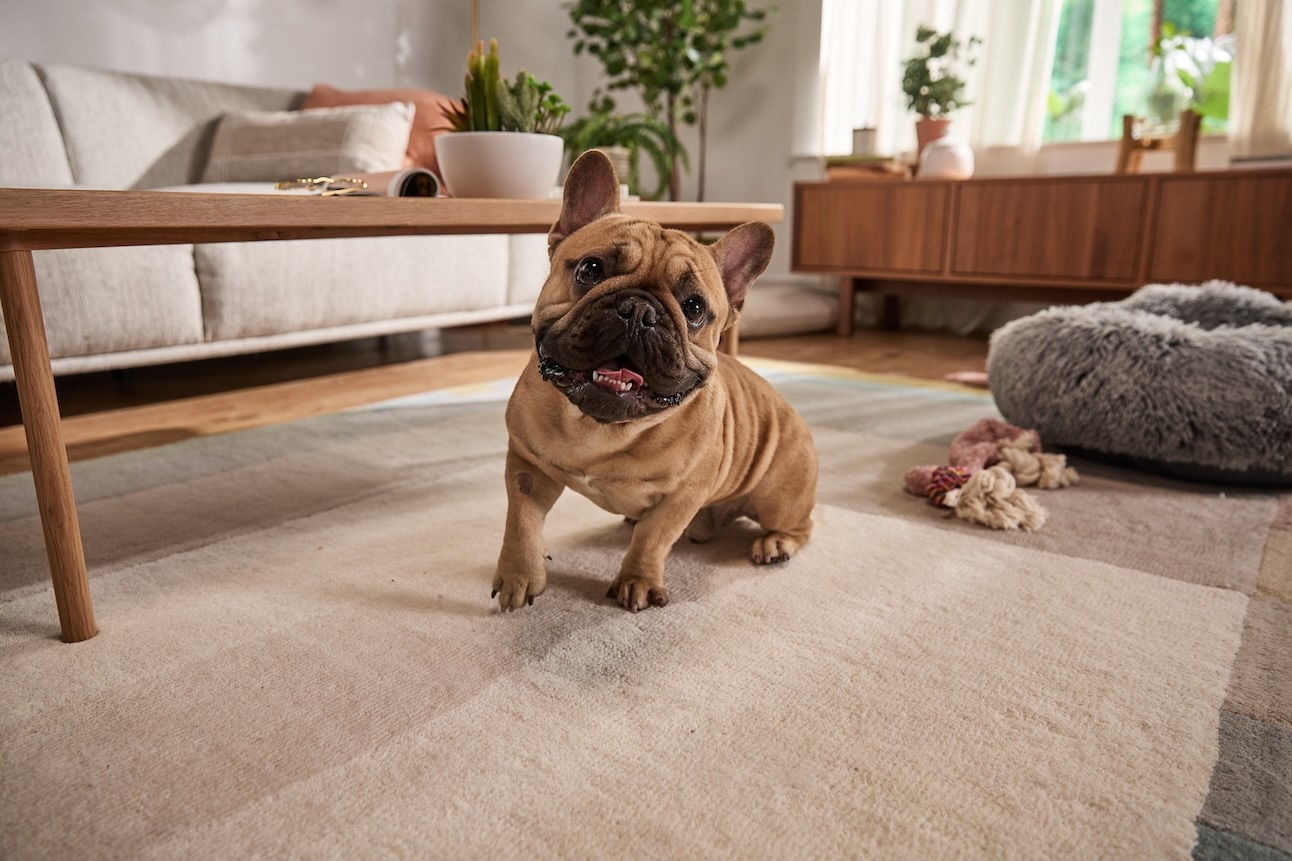
Photo by Chewy
Both Pugs and French Bulldogs are highly social and wonderful family dogs, but your lifestyle might make one a better match. For example, if you absolutely cannot deal with fur on your furniture or floor, choose a Frenchie because they typically shed less than Pugs (but know that absolutely no shedding isn’t realistic).
Either way, you’re getting a loyal, lovable pet who will quickly become a cherished member of your family.
Attributions
This article was created with assistance from AI tools. The content has been reviewed for accuracy and edited by a human.

